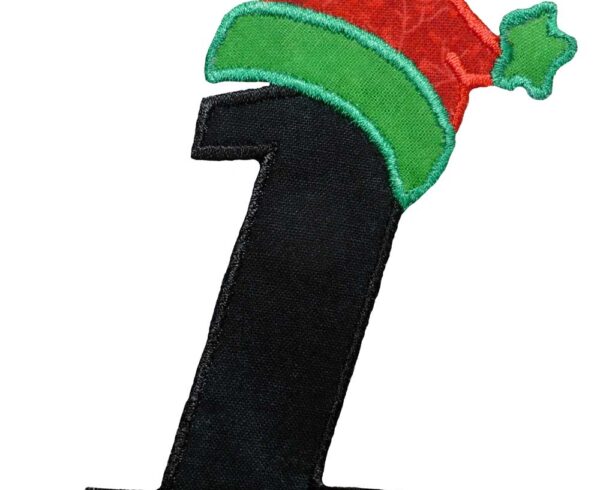Horror has evolved far beyond jump scares and shadows. Today’s audiences crave tension they can feel—moments where sound design turns silence into suspense and subtle noise into terror. In modern horror, fear doesn’t just come from what we see, but also from what we hear.
Why Sound Defines Fear
Every unforgettable horror moment begins long before the scream. A faint creak in an empty hallway, a muffled breath, or the hum of something unseen—all of these build anticipation. Sound is where fear lives, guiding emotion, shaping atmosphere, and keeping the audience on edge even when nothing moves.
Without it, visuals lose depth and emotion fades quickly. Therefore, the right balance between silence and tension becomes essential. It turns simple scenes into experiences that linger in the mind long after the credits roll.
How Creators Use Sound to Build Suspense
Modern filmmakers and sound designers craft fear through tone, texture, and rhythm. Deep frequencies create unease before the audience even realizes it. In contrast, distorted whispers and haunting drones pull the imagination into darker spaces, while sudden stingers deliver instant shock.
Professional collections like Ocular Sounds’ horror library help creators design these moments more precisely. The collection includes cinematic ambiences, ghostly breaths, and bone-chilling textures that bring scenes to life. Each sound layer interacts with the next, giving storytellers full control over how tension rises, peaks, and finally releases.
The Craft Behind Cinematic Terror
The secret to powerful horror sound design isn’t chaos—it’s control. Silence, when used effectively, can be louder than screams. Expert designers play with contrast, alternating between calm and panic to draw viewers deeper into the story.
Every hiss, shriek, and echo in the Ocular Sounds collection serves a narrative purpose. These sounds don’t just fill space; instead, they enhance emotion and connect with the audience on a psychological level. By combining technical skill with empathy, creators produce horror that feels earned rather than forced.
Why Horror Sound Design Matters Everywhere
Horror no longer belongs only to film. Games, podcasts, trailers, and even TikTok videos rely on sound to immerse audiences. A single creak or faint drone can instantly shift a viewer’s heartbeat.
Moreover, sound now acts as the emotional backbone of modern storytelling. From game developers designing tension-filled missions to indie creators building short viral scenes, sound bridges visuals and emotion. It makes fear feel real and tangible, no matter the medium.
Tips for Using Horror Sound in Storytelling
If you’re creating suspense, try these simple yet effective strategies:
-
Start with silence: Let quiet moments breathe so anticipation can grow.
-
Add subtle motion: Use low drones or hums to make still scenes feel alive.
-
Time your stingers carefully: Place sharp sounds at emotional peaks for maximum impact.
-
Layer emotion intentionally: Combine whispers, footsteps, and ambient noise to create invisible tension.
-
Use spatial awareness: Add reverb and echoes to expand the soundscape naturally.
These techniques allow creators to guide emotions with precision. As a result, the audience feels the fear deeply—often without realizing why.
Elevate Your Horror Sound Design
To truly stand out, creators need tools that match cinematic standards. The Ocular Sounds horror collection offers that level of quality. Each sound file is mixed and mastered for clarity, giving filmmakers and game designers an easy way to achieve professional results.
Additionally, the collection supports modern storytelling formats—from traditional film to immersive VR. With it, creators can transform a simple idea into an unforgettable sensory experience.
Conclusion
Sound is the unseen storyteller behind every powerful horror scene. It shapes emotion, tension, and atmosphere—turning fear into something we can feel rather than just watch.
For creators ready to elevate their work, Ocular Sounds provides the foundation to make every heartbeat, breath, and silence count. Because in horror, fear always has a sound.










